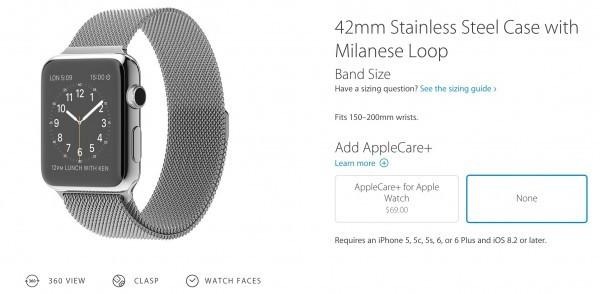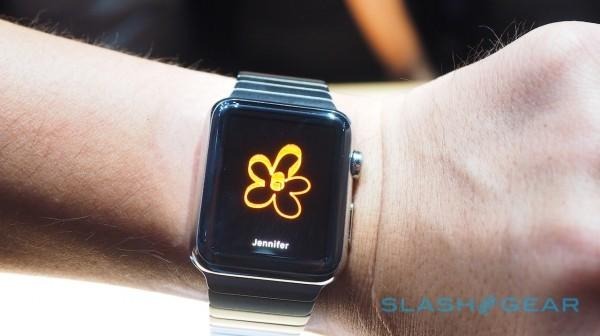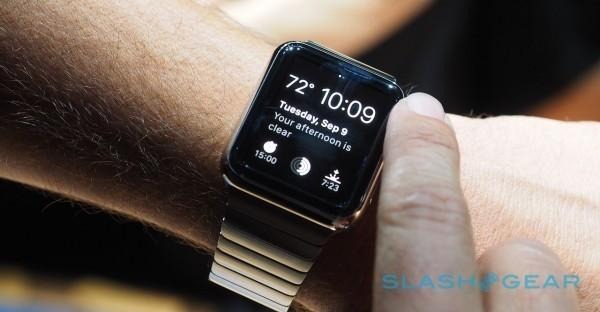Apple Watch Success Isn't Sales, It's Stickiness
Apple isn't saying how many Apple Watches it sold in the first weekend of preorders, but arguably the bigger question is how many will still be wrapped around wrists a few months after. Unofficial estimates of sales have suggested as many as a million of the iOS wearables have been earmarked for eager owners, pushing shipping estimates into the summer at the earliest, and for many it was a case of buy first, try second since preorders opened before store demo displays did.
With average selling price calculated at $707 when Apple Watch model and strap selection was taken into account, that's a whole lot of money to spend on something only seen in photos, videos, and reviews.

The most eager of the preorder buyers will start to get their new gadget from April 24th, a little short of two weeks from now. Undoubtedly they'll be keen to dig into Apple Watch's functionality: Siri on your wrist, apps curating snippets of information, and that all-important ability to mimic Dick Tracy's watch-phone.
Here's the thing about wearables, though: after the honeymoon period has passed, plenty of them end up in a drawer rather than on a wrist. Exactly how long that honeymoon is depends, like with all relationships, on the usefulness, the frustrations that weren't clear at first but suddenly dawn (the wearable's equivalent of leaving the cap off the toothpaste tube), and the style.
I've tried more wearables than most, and I'm all too aware of how quickly the sheen can dull on what was once considered a "must-have" device.

Right now, I've had more stickiness than expected with Withings Activité. For a start it looks like a regular watch (and a fairly handsome one at that); more importantly, though, it does its (admittedly limited) work without demanding a nightly recharge.
The ability to pick it up and strap it on without first asking "when did I last plug this in?" has scuppered smartwatches and fitness tracking gadgets for me in the past.
Apple Watch isn't going to compete there: we already know a nightly recharge alongside your iPhone 6 or iPhone 6 Plus is pretty much a requirement. On the flip side, it has far greater functionality in its favor, not to mention the inherent appeal any Apple device has to the company's notoriously loyal users.

What we don't really have right now is any comprehensive way to judge the longevity of wearable appeal. Sure, initial sales can be impressive, but there's no telling whether someone's prized smartwatch is still considered so useful in three, or six months time.
If anything, the challenge is tougher for a smartwatch than it is for other gadgets: if it comes down to it, I'll carry two phones for the best of both worlds, but I'm almost certainly not going to wear two smartwatches at the same time. For Apple Watch to succeed, it needs to not only get onto wrists on day one, but stay there.
